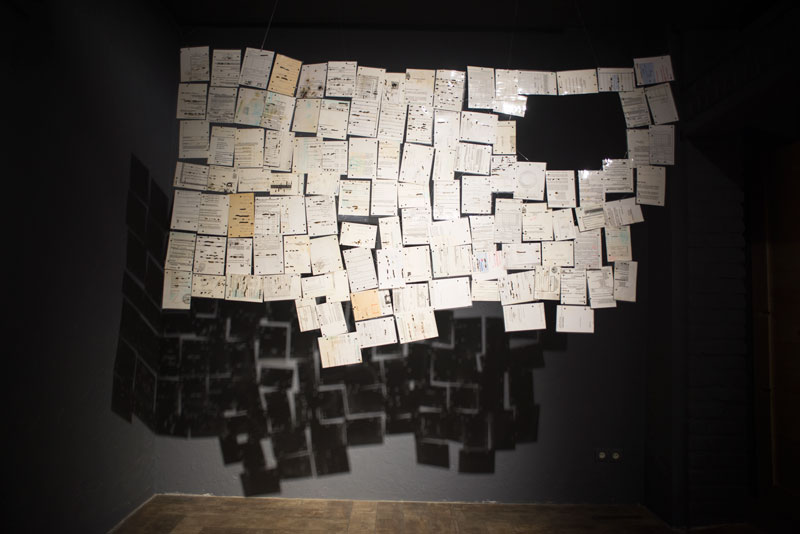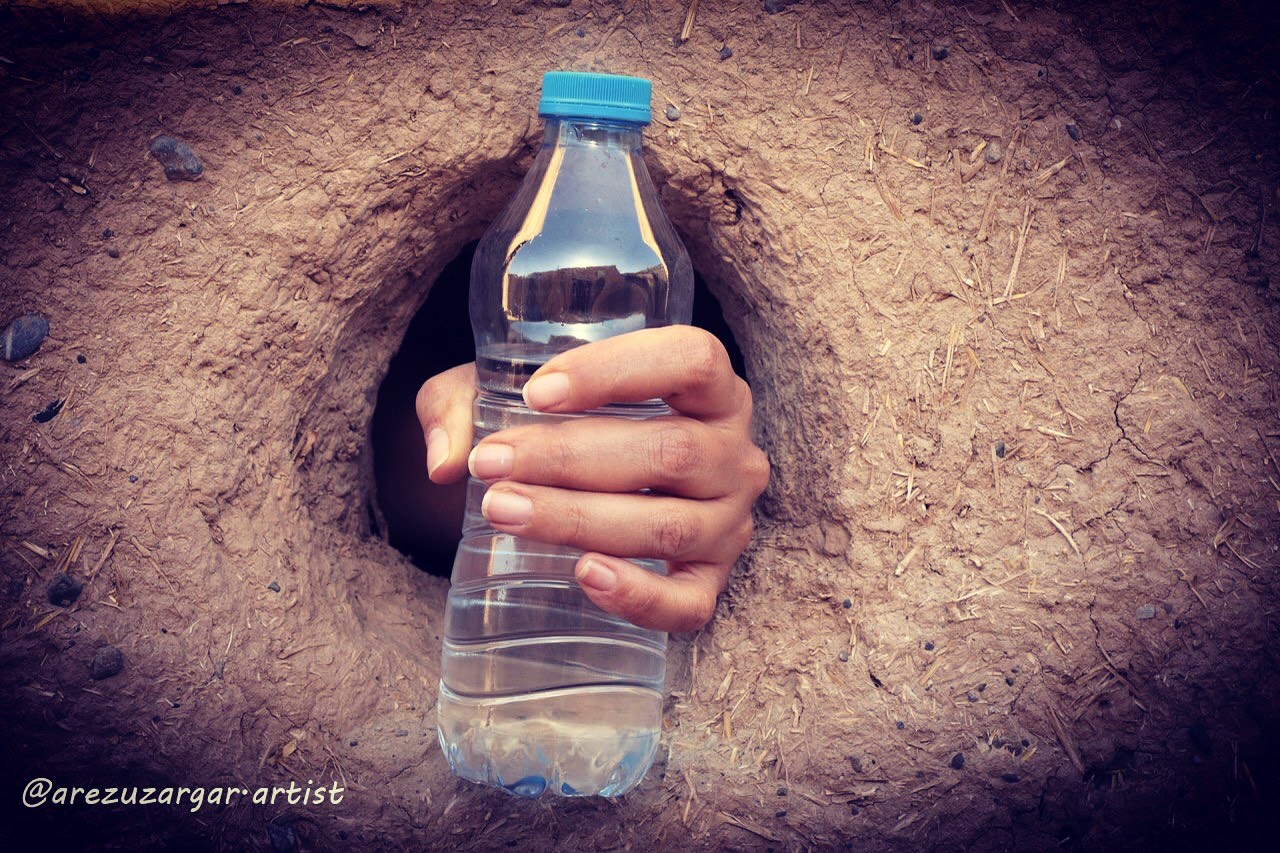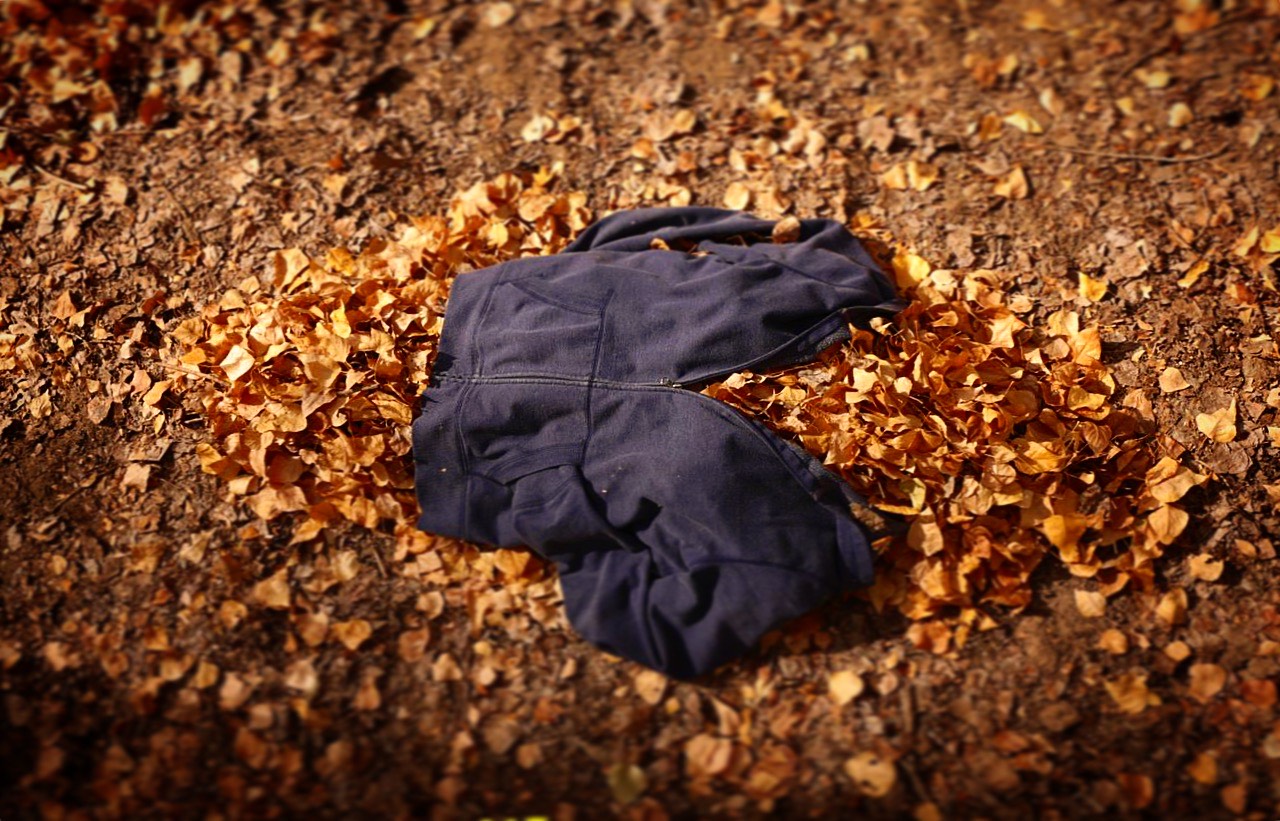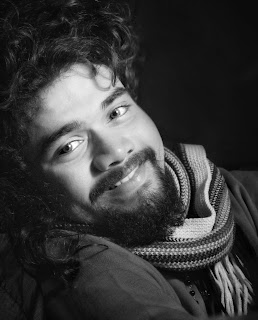Arezu Zargar
Today's greetings to everyone We're going to introduce you to AREZU ZARGAR, an incredible Iranian artist. We wanted to inform you about Arezu and her artwork because we are representing her as an ECO WARRIOR. Arezu Zargar made the decision to go on a new adventure in her life by studying art and mixing it with what she had learnt in her field's ontology. She began her artistic career with ceramics, but swiftly moved on to other mediums such as installation, photography, and environmental art. To finish the process of making art, she earned an M.A. in handicrafts. We value her environmental contribution; she is one of the dynamic artists who understands their responsibilities to Mother Earth.
In addition, as a producer on her husband's documentaries and short films, she developed filmmaking skills and attitudes. In her opinion, art has no bounds for every artist, and all that is required to make a work of art is to trust our inner sense. For her, this occurs as a result of her travels and interactions with many individuals.
Now, when I walk inside the studio of Iranian artist Arezu Zargar, I have a similar feeling. Ceramic works by the goldsmith combine emphasising and deforming the human body. If a sardius is to be created, it must not be only a mirror of a head, such as the one you and I wear around our necks and rotate, or the most vital part of our existence, which shields the brain. Our creativity is limited when it comes to heads. Heads are fractured, revealing the inside rather than the outside of the head. Zargar explains, "I didn't begin with ceramic." "I stumbled upon seven-colored tiles by chance and got intrigued."." I studied geology, which was a far cry from painting. To learn, I needed a fresh search. We're spiritually interested, and I was wondering about the meaning of glazing. Geology and chemistry piqued my curiosity, but the art portion piqued my interest even more.
shee is a fossilologist who has recently created works on the theme of the body. The human body is at the focus of attention in exhibits and biennials that use the ceramic element. "From a paleontological standpoint, the shape of the human body fascinates me, and some of these forms have been extinct over history, and I think about these geometries in my work and they are evident in my work," he added, alluding to human evolution and changes throughout history.
Of course, a quick glance around reveals that Arezu Zargar's depictions and emphasising are not limited to the human form. Two interlocking clay pieces are hanging somewhere on the wall. He is no longer separated from man in this work of art. It looks like a butterfly cocoon on a tree limb, but it's also a slice of an event; but it's more like an artificial fossil. I subconsciously gravitate towards what has began in my head, he says of his inner expression in his works. This beginning should not be understood, but it is based on the shape of the body and its combination with other components, including the stone, which is mirrored in my new works, at the sparking moment
We inform her about our experience dealing with flowers, a flower that appears prominently in one of her pieces. A vast number of floral arrangements are set on the ground in the book of one of her exhibits, a layout-performance group work, possibly a mirror of the categories that formed these categories. "The flower we work with in Iran is a tough flower," she continues, without using her own words. Others who have come to work with Iranian flowers have found it difficult to control. A body was constructed in one day at a symposium in Romania, but this is impossible in Iran.
She proceeds on the subject of Iranian flowers and their properties: this is an industrial element. In any case, it is impossible to say that it is unimaginable, yet I use this word to describe myself artistically. Although my teachers are quite good at taming this flower, this term might be used to express.
We take a peek at some of her previous works. As I go through the pottery section, I come across a piece that consists of two hands, each of which appears to belong to a different person. A fist with a hand clenched on a vertical bar and another hand touching it. The glazing on the hands is cracked and occasionally has a corrosion-like appearance and smell. On the outside, it's a shattered piece, but on the inside, it's a representation of a circumstance. "In ceramics, fractures and cracks occur, and we sometimes purposefully break the structure of the piece, which is in keeping with artistic expression," Zargar explains. It's now up to you to read the letter and figure out why the artist is searching for work. Everything becomes a puzzle, and solving it isn't the same as discovering a clue to a crime. It's more like a personal challenge. In a mental realm, how far can you go?
I inquire about both form and substance. A question that has been asked many times but to which no clear answer has been given. "Certainly, part of my form is to reflect the message, and I don't want to judge which way the scales are tipped," Zarger says of the amount of her work that is form-oriented vs content-oriented. I'd want to learn more. I'm not interested in debating whether my art is more form-oriented or more content-oriented. The artist has a work and a statement, and if the two are incompatible, he must correct himself.
"If I consider myself an artist, I am doing my job," she says of her show and work in Romania. "During this period, I will try my best with ceramics, arranging, and video art, and I will not restrict myself to anything." Perhaps after twenty years, I received feedback on my work.
She is referring to the Pangea show, of which she is the curator, and which has a title and content that is relevant to Zargar's educational background. "Pangea is the name of the geological period's initial continent, which eventually separates and moves," explains the young ceramist. The exhibition's topic was migration, and the arrangements were set up in three rooms. I prepared a film about this arrangement so that the viewers could see what I did and where he was duped after a year. Everyone enjoyed lingering and discussing the effect. We received positive feedback after the performance in Romania, and the regular crowd lingered for approximately an hour, during which time I spoke with them. In the interactive areas, I received mostly positive responses. I find that parts of the flower's substance, such as fragility, appeal to me. Working with Spanish and French reviewers was positively appreciated in Romania. They liked the suspension and the design of the body, as well as the impression on the ramp.
I come to a sardis with an undefined shape covering it. What seems to be a vegetative covering on the face. It has the appearance of a flower with features that resemble plant seeds in the centre. I'll leave it to you to interpret this image. What matters is Arezoo Zargar's modernist perspective. Many people's perception of ceramics and ceramic works is based on their application. This is when the story's creative aspect comes into play. Ceramics is meant to be a medium for conveying the artist's inner self, or "media" as we call it these days, and it has been stressed in a specific way in the biannual ceramics call.
As secretary of the 11th biennial research of ceramics, Arezoo Zargar has opted to offer a method known as " Open Studio ". The camera is designed to access the most intimate part of the ceramic artist's life during this process, where she makes her works and objects his psyche. It emerges and produces art that challenges us as it develops.
I inquire about the link between ceramists, science, and research with Arezoo Zargar. "In recent years, friends who work in the field of glazing, particularly in the field of glaze, have become reliant on study and science," she explains. My buddies perform research and execute it in the technical area, in other words, in the field of chemistry; but, if the issue is in the written sector, those working in the field of industrial ceramics will experiment and we will borrow from them. We've used some of their research to aid us in our artistic expression.
Our research debate heats up. Arezoo Zargar comes to the University of Arts with a foundation in geology and plans to pursue a degree in handicrafts. He claims that the same academic hierarchy has caused him to view research in a new light, a difference that makes him more willing to gather data. She goes on to explain that, like me, he has never come across a documented case on the history of ceramics as an art form in Iran, and that, in any event, who was the first ceramicist in Iran remains a mystery. "Some friends feel that while I was learning pottery in Iran, the identical totems I produced may be included in the realm of art," she adds. It is up to the researcher to decide.
This is a popular issue right now. Human beings have traditionally not regarded art as a separate topic. There was almost no art, and the notion was founded on the term "takhneh," which we now refer to as "fan." To put it another way, the artist who made the work of art was an artist, not a non-artist. Immanuel Kant is credited with separating art from profession and art, according to history. Until a century ago, phrases like occupied industries were used to describe the face of art in Iran. It's unclear if our forefathers regarded their lovely ceramics to be art."I don't think the past was one-sided, and I don't think they thought aesthetically," Zargar adds. "I don't think the past was one-sided, and I don't think they thought either our predecessors regarded their beautiful ceramics to be art." I won't say we were more complicated than in the past, but reading antiquities is challenging in any case. Now, maybe the biennial of ceramics and its exhibition will provide an opportunity to delve more into this topic. What historical point did a process begin, and how far have we progressed since then?
FOLLOW US ON INSTAGRAM (CLICK HERE)



















Excellent text about great artist from Iran
ReplyDelete